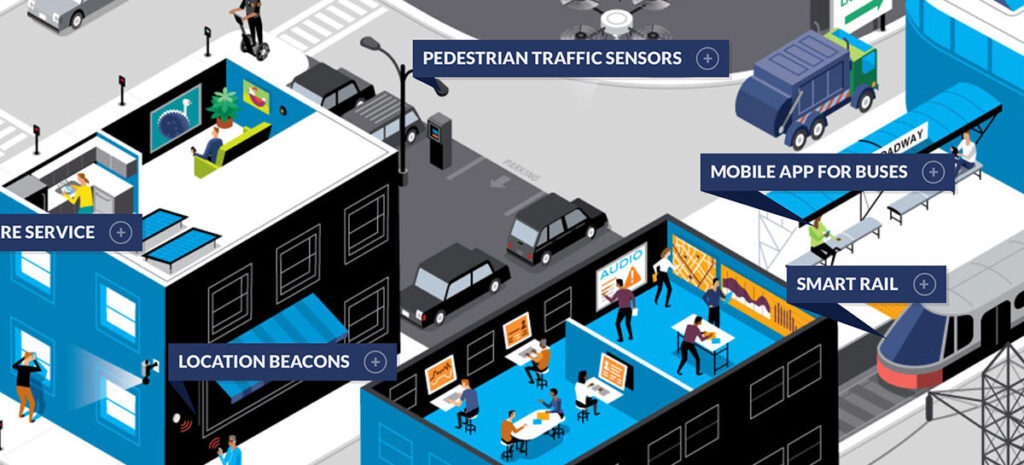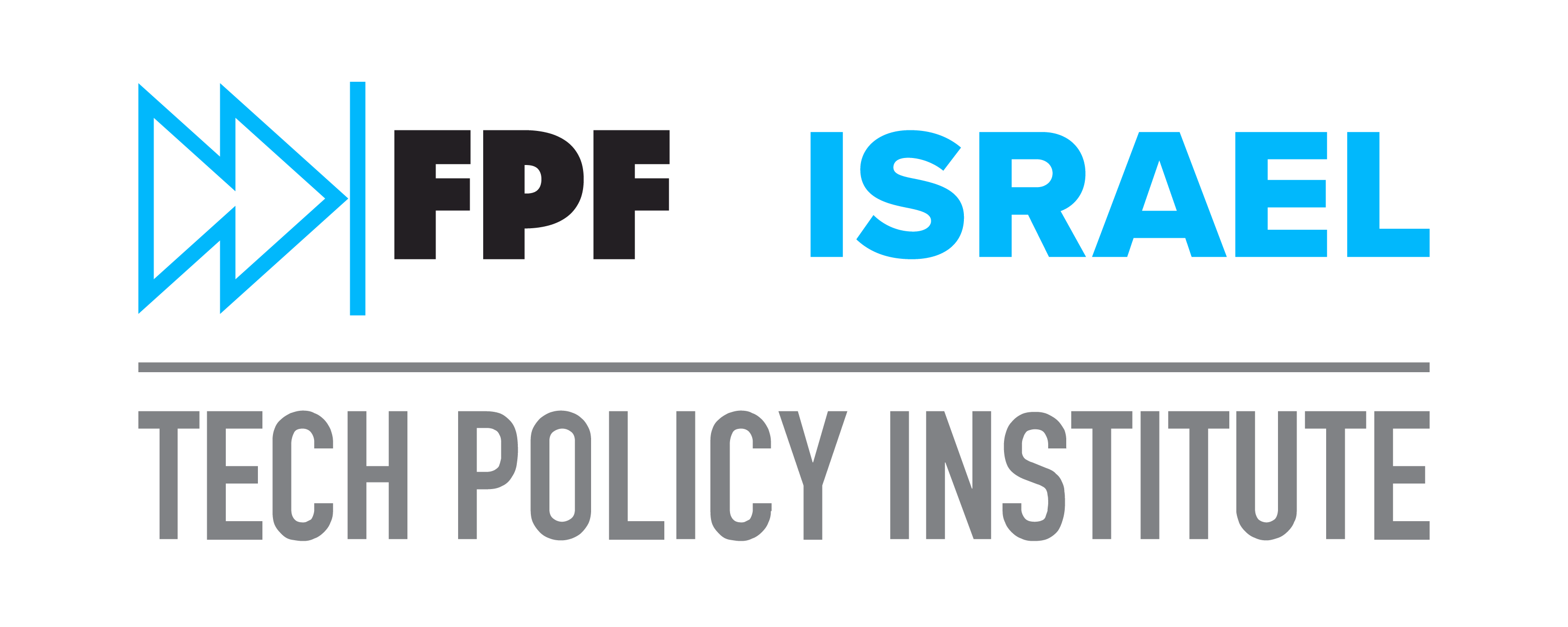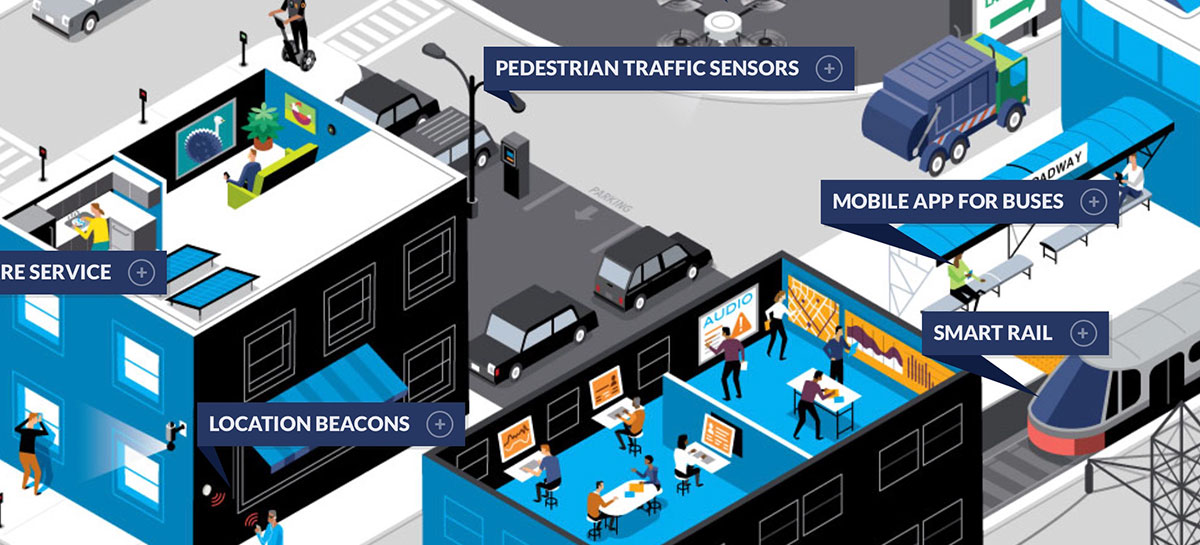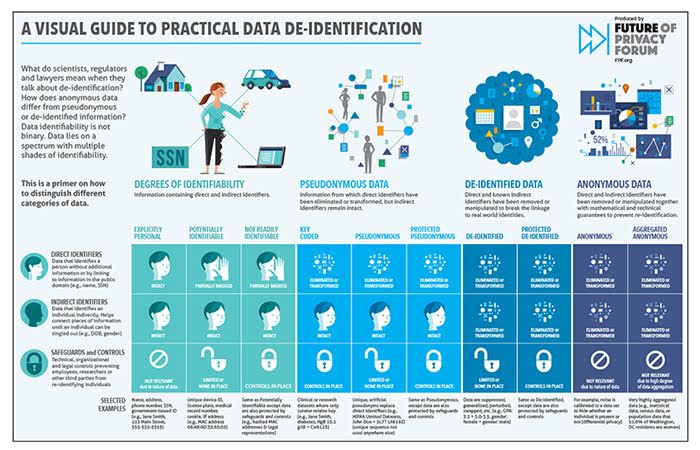Shedding Light on Smart City Privacy

This visual guide “Shedding Light on Smart City Privacy” Is meant to help citizens, companies, and communities understand the technologies at the heart of smart city and smart community projects – and their potential impact on privacy.
Cities and communities generate data through a vast and growing network of connected technologies that power new and innovative services ranging from apps that can help drivers find parking spots to sensors that can improve water quality. Such services improve individual lives and make cities more efficient. While smart city technologies can raise privacy issues, sophisticated data privacy programs can mitigate these concerns while preserving the benefits of cities that are cleaner, faster, safer, more efficient, and more sustainable.
Shedding Light on Smart City Privacy highlights the wide range of connected technologies and services appearing throughout our communities – everything from streetlights that measure air and noise pollution to smart electric grids to buses that re-route based on demand. The visual guide also provides important context to these new technologies and services, allowing visitors to sort technologies and services based on what sectors they might serve, what other technologies enable them, and who within their communities might use or deliver them.
The visual guide also describes some of the top privacy concerns raised by smart city technologies and services, both for individuals and for communities. It describes key tools for mitigating those risks, including robust privacy programs, transparency and consent, de-identification, vendor management, and data minimization.
As cities and communities become more connected, it is critical that they learn to leverage the benefits of a data-rich society while minimizing threats to individual privacy and civil liberties. Our new guide provides a useful tool to help all smart city and community stakeholders hold important discussions and make informed decisions about their privacy policies and practices.
Written by Kelsey Finch



